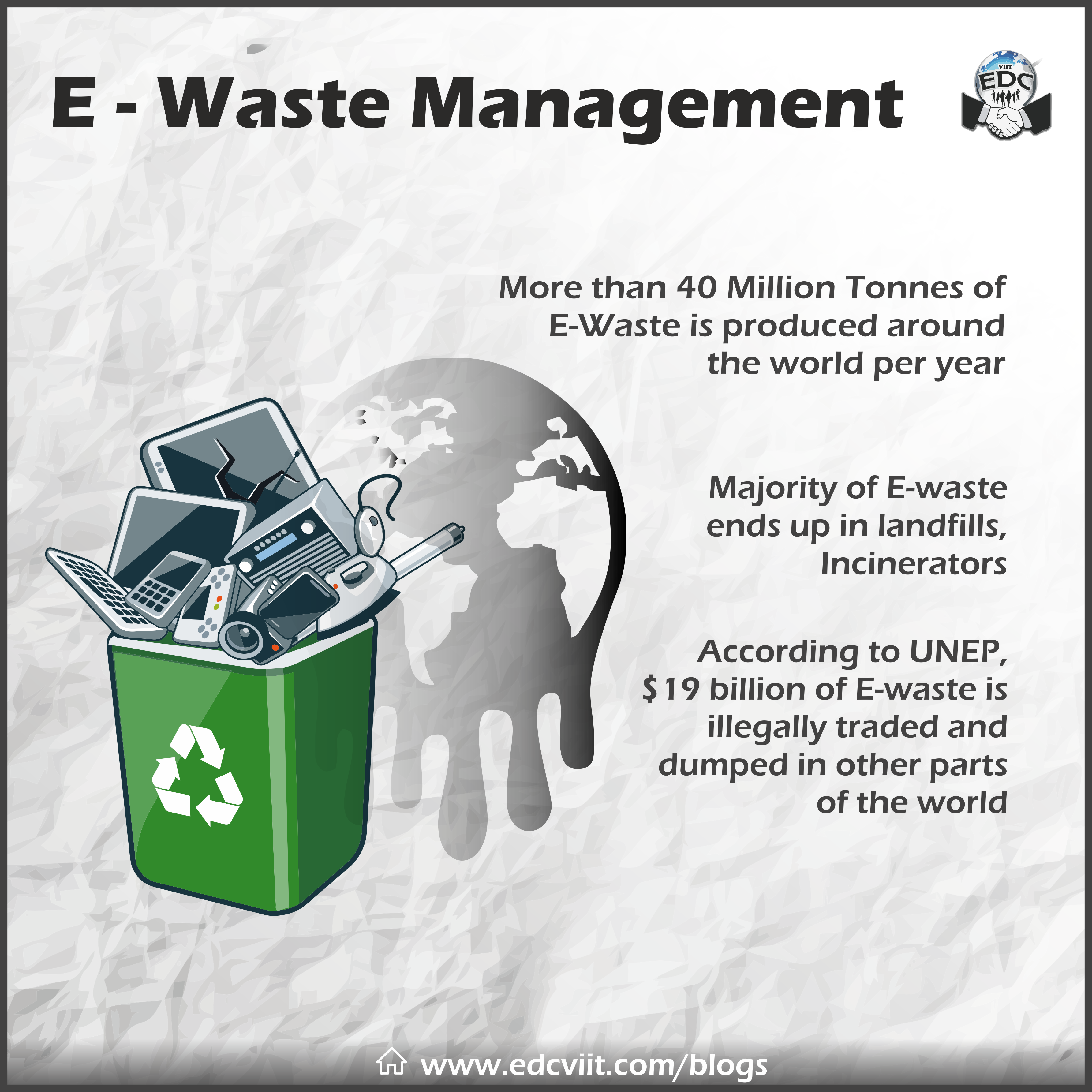Why Process It When You Can Export: The E-waste Problem
Given two choices in life, one – the hard way but the right way. The other being the easy way but the wrong way, what would you choose? It's almost always the 2nd option for most people. But what if that wrong way is slowly coming to bite you? The second way is the one that will harm you the most.

Even though electronic technology has provided every citizen lots of gadgets and has made life easier, it has had a bad impact in a lot of aspects. Legislation, especially on the trade of electronic waste, holding control on electronic waste, appropriate implementation of extended producer responsibility and relocation of technology from the recycle scrap are the main problems in efficient management of electronic wastes.
Every year, more than 40 million tonnes of electronic waste is produced around the world which include smart phones, TVs, laptops and the basic fact that isn’t going to change - people replace things. Whether from breakdown, slow-down, or just the availability of a newer model, people discard electronics at the slightest inconvenience. In some cases, for example, buying a new printer is cheaper than buying a set of new ink cartridges!!
There was a time when households would keep televisions for more than a decade. But thanks to changes in technology and consumer demand, there is hardly any device now that persists for more than a couple of years in the hands of the original owner. The ability to update yourself according to current trends is one that is quite addictive and this results in consumers buying new gadgets that are way more costly, just for the sake of it! The majority of E-waste ends up in landfills and incinerators. Illegal trade is driven by the relatively low costs of shipment and the high costs of treatment in the developed countries. There is a wide range of characters who can either directly or indirectly be related to illegal e-waste shipment:- producers, distributors, consumers, collectors, refurbishing people, waste brokers, shipping companies, shipping agents, terminal operators, environmental inspectors, custom officials, organised crime groups, downstream vendors are responsible for final disposal and trade.
According to UNEP, nearly $19 billion of E-waste is illegally traded and dumped each year to destinations halfway across the world. The illegal shipment of e-waste from the EU to third world countries provides an example of a complex and serious environmental crime.
The Indian subcontinent has turned into an important destination for European waste. European Union, U.S. and Japan are the primary origins of e-waste shipments and China, India, Malaysia and Pakistan are the main destinations. Illegal shipments of e-waste represent an economic opportunity to those involved, but those receiving the waste, carry significant environmental, social and economic risks. Push factors for countries which export e-waste are - expensive recycling systems, low penalties, no government supervision whereas, pull factors for countries importing are cheap market of repair and sell, extraction of precious metals and secondary raw materials, low or no government supervision, etc.
Electronic waste is a global ecological issue. Wastage of electronics have led a lot of problems for almost every human on this planet. For the solution you ask, there are organizations such as Electronic recycling corporations and other organizations that have been put in place. The government has very strict laws for proper disposal of electronic waste. Electronic recycling companies tend to go through the international standards for disposal of waste.
E-waste is something that is a necessary evil. You cannot just stop production of electronic gadgets to control the waste generated. Then the only way that remains is to manage the waste efficiently!